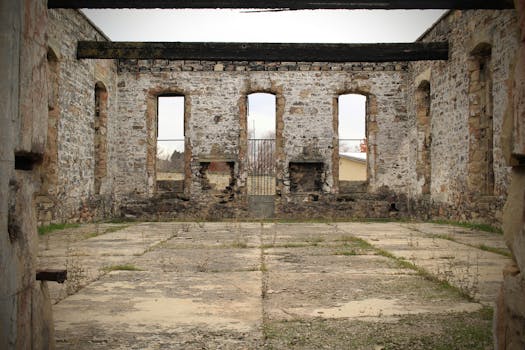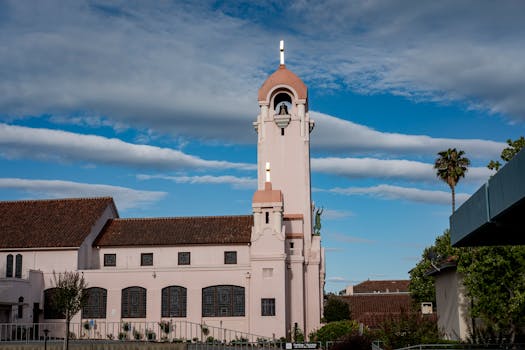Unmasking the Historical Gem: Misión Estero de las Palmas de San José del Cabo Añuití (1730-1840)
Unmasking the Historical Gem: Misión Estero de las Palmas de San José del Cabo Añuití (1730-1840)
An Introduction to the Mission
As we traverse through the annals of history, we find ourselves drawn to the enchanting narrative of the Misión Estero de las Palmas de San José del Cabo Añuití. This historical gem, ensconced in the heart of Mexico, is a testament to the intricate blend of culture, religion, and history that has moulded the region over the centuries.
In 1730, a band of Jesuit missionaries, spearheaded by the relentless Nicolás Tamaral, founded this mission. Their objective was straightforward yet profound: to disseminate Christianity among the indigenous Pericú people. The mission, however, was far from simple. It stood as a beacon of hope, a symbol of resilience, and a testament to the indomitable spirit of human faith.
The Naming of the Mission
The mission, christened after Saint Joseph (San José), was located near a palm grove (las Palmas) by an estuary (Estero). The name Añuití was a derivative of the local Pericú language, infusing a touch of indigenous identity into the mission. This amalgamation of local and foreign elements in the mission's name reflected the cultural exchange that was transpiring within its walls.
The Work of the Jesuits
Armed with a profound sense of purpose, the Jesuits laboured tirelessly to establish a sustainable community. They introduced new agricultural techniques, leading to the cultivation of wheat, maize, and other crops. They also educated the Pericú people in various trades and crafts, transforming the mission into a bustling hub of activity.
The Pericú Revolt
However, the journey of the mission was not always smooth. In 1734, a rebellion led by the Pericú people resulted in the tragic death of Nicolás Tamaral. This event, known as the Pericú Revolt, marked a turning point in the mission's history. It was a stark reminder of the cultural tensions and conflicts that often accompany the process of colonization.
Change in Leadership
Despite this setback, the mission continued to operate under the guidance of the Jesuits until 1768 when the Spanish Crown expelled them from the New World. The Franciscans took over the mission, followed by the Dominicans in 1773. Each order left its unique imprint on the mission, contributing to its rich tapestry of history.
Decline and Abandonment
The influence of the mission began to wane in the early 19th century, due to factors such as disease, drought, and political instability. By 1840, the mission was abandoned, leaving behind a legacy that continues to reverberate today.
Visiting the Mission Today
A visit to the ruins of the Misión Estero de las Palmas de San José del Cabo Añuití today is akin to stepping into a time capsule. The crumbling walls whisper tales of faith, struggle, and resilience. The echoes of hymns once sung and prayers once recited linger in the air, inviting us to reflect on the mission's profound impact on the region's history and culture.
The Mission's Legacy
The story of the mission is a poignant reminder of the power of faith to inspire, unite, and transform. It is a testament to the enduring spirit of the human will, capable of withstanding the trials of time. It is a symbol of cultural exchange, showcasing the fusion of indigenous and foreign elements that have shaped the region's identity.
In essence, the Misión Estero de las Palmas de San José del Cabo Añuití is not just a historic site; it is a living narrative that continues to inspire and captivate. Its story is etched in its walls, carried in the wind, and cradled in the palm grove by the estuary. It is a story that invites us to reflect, learn, and appreciate the rich tapestry of our shared human history.
Final Thoughts
So, whether you're a history buff, a culture enthusiast, or a curious traveller, a visit to the Misión Estero de las Palmas de San José del Cabo Añuití is a journey worth embarking on. It's an opportunity to step back in time, to immerse yourself in a world of faith and resilience, and to connect with a piece of history that continues to resonate today. As you walk through the mission's ruins, remember: you're not just exploring a historic site; you're becoming a part of its enduring narrative.

Sign up for Sonoma County Navigator
Discover Sonoma County! Latest News, places to play, stay, eat, live, shop, learn and more!
No spam. Unsubscribe anytime.










